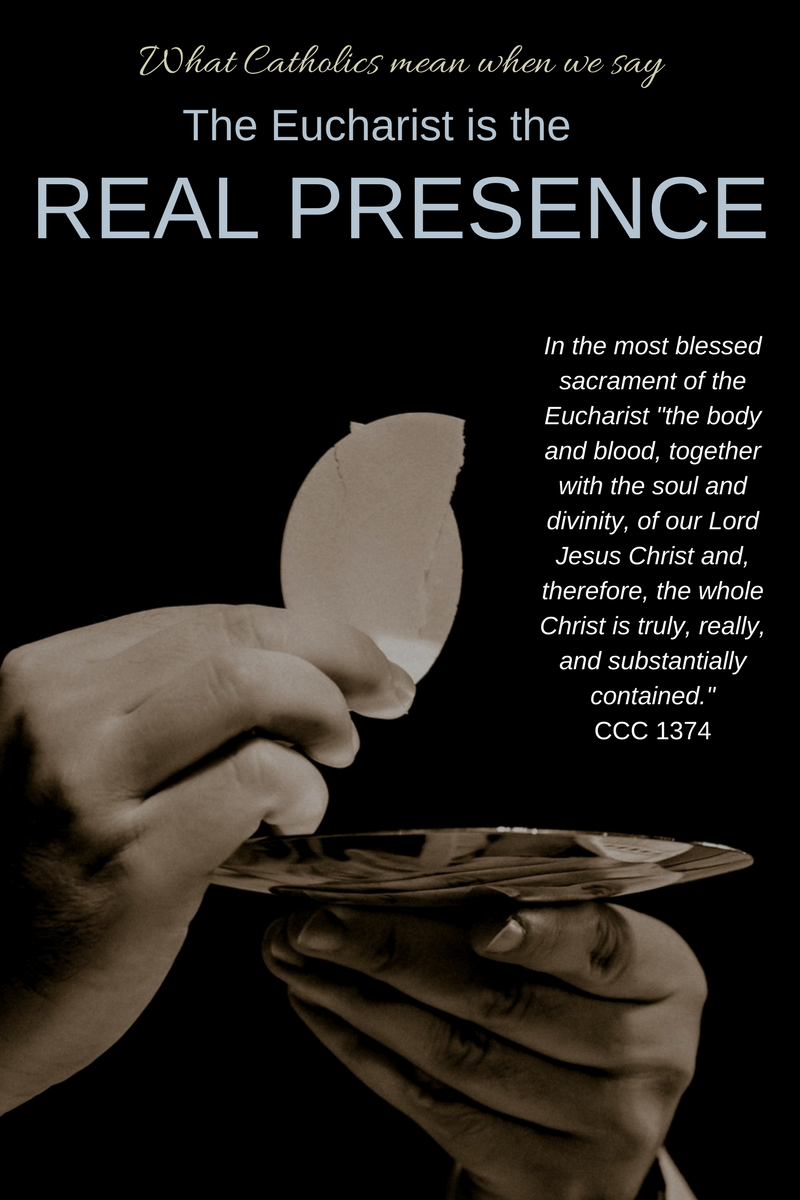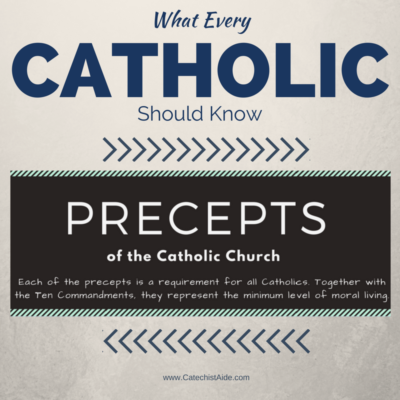Having just celebrated the Feast of Christ the King, we are looking forward to the beginning of a new liturgical year and the start of the season of Advent. Even though our students may notice the change in colors of the priest’s vestments from time to time, they may never make the connection that those colors are tied to particular seasons. So here’s what every Catholic should know about the Liturgical Calendar.
The Church has its own calendar, which incorporates all the seasons, feasts and saints and holy days that we celebrate throughout the liturgical year. The readings we hear at Mass correspond to the special season or holy day. Likewise, the color of the Priest’s vestments also change with the season.
ADVENT (Colors: PURPLE / PINK)
The liturgical year begins with the season of Advent, which officially begins four Sundays before Christmas and ends on Christmas Eve. In 2017, Advent will begin on Sunday, December 3rd. The word “advent” comes from the Latin word “adventus” which means coming or arrival. During the season of Advent, we prepare for the coming of our Savior, Jesus Christ. Unlike Lent, which is primarily a time of penance, Advent is a time of hope-filled anticipation.
CHRISTMAS (Color: WHITE)
As far as the Church is concerned, Christmas is not just a day, but a whole season! The season begins on Christmas Day and ends with the Feast of the Baptism of our Lord. The Christmas season also includes the Feast of the Epiphany, where we celebrate the Christ’s making himself known to the world, through the visit of the Magi. During the Christmas season, we celebrate the birth and manifestation of Jesus.
ORDINARY TIME I (Color: GREEN)
The first season of Ordinary Time begins the Monday following the Feast of the Baptism of our Lord and ends the day before Ash Wednesday. During Ordinary Time, we remember the life and teachings of Jesus.
LENT (Color: PURPLE)
The season of Lent begins on Ash Wednesday and continues through Holy Week. During this season, we prepare for the death and Resurrection of Jesus. Lent marks a time when we are called to penance, through prayer, fasting, and almsgiving.
TRIDUUM (Colors: PURPLE / RED)
The final days of Holy Week, including Holy Thursday, Good Friday, and Holy Saturday, when we recall the crucifixion and death of our Lord and Savior.
EASTER (Color: WHITE)
The Easter season marks the greatest feast of the Liturgical year when we celebrate the Resurrection of Christ. The exact date of Easter varies from year to year and is defined as the Sunday following the first full moon after the vernal equinox (the day in Spring where there are equal hours of daylight and moonlight – typically March 20th). The Easter season lasts for 50 days, ending on Pentecost Sunday. We also celebrate the feast of the Ascension during the Easter season.
ORDINARY TIME II (Color: GREEN)
Following Pentecost Sunday and running through the feast of Christ the King is the second season of Ordinary Time.
To find more information about the Liturgical Calendar, or to see the full list of holy days and feast days, consult the website of the US Conference of Catholic Bishops
© 2017 Catechist’s Aide



